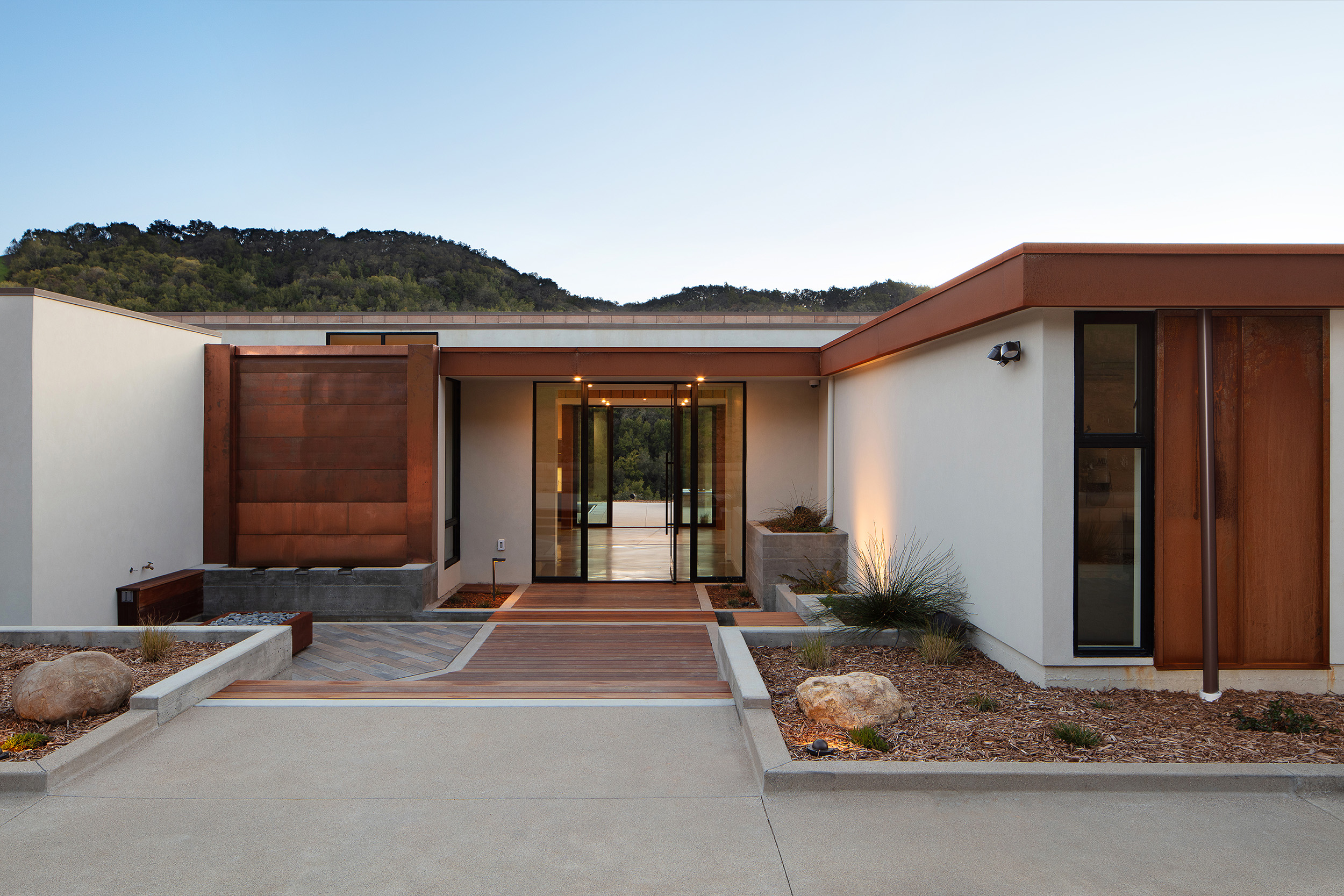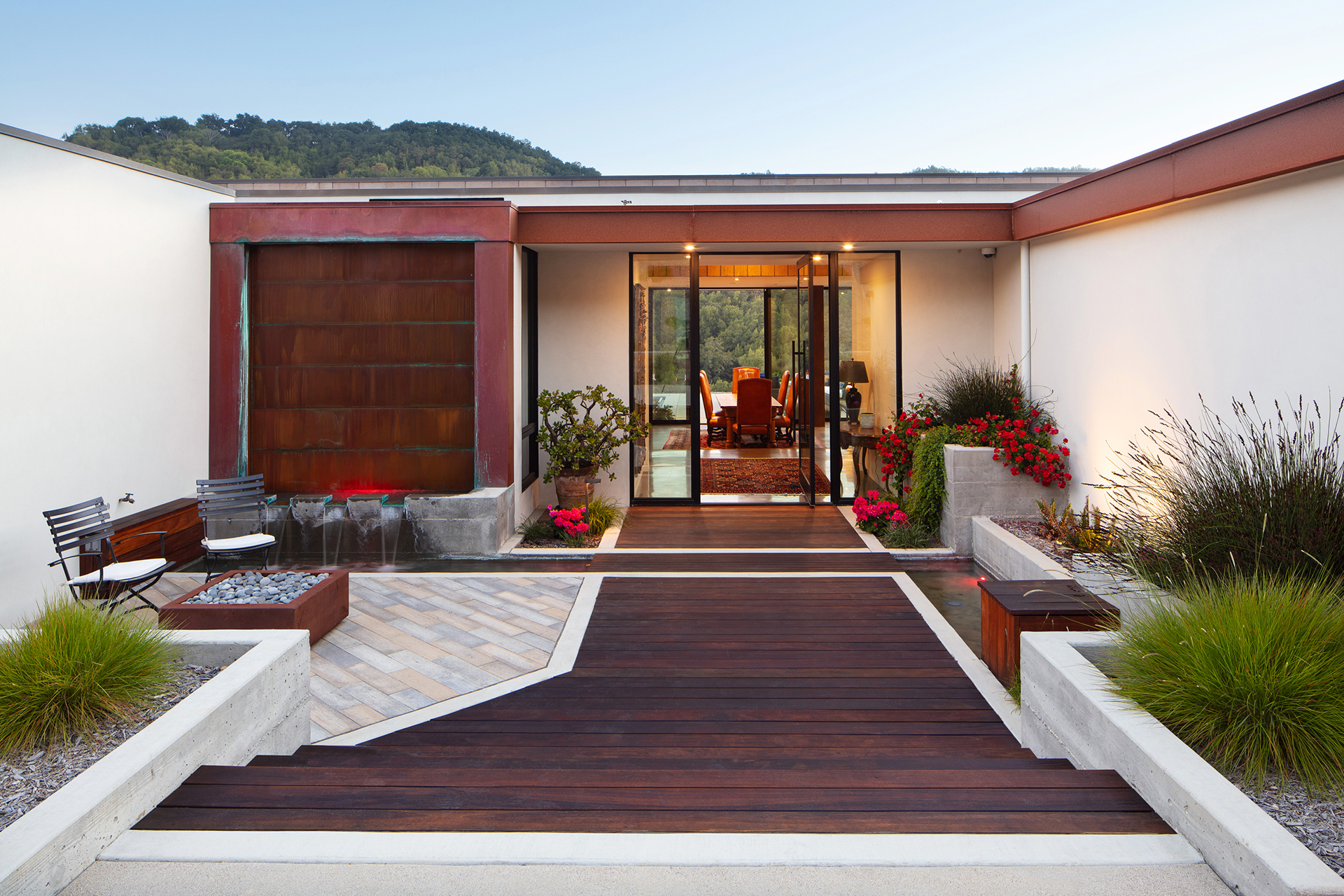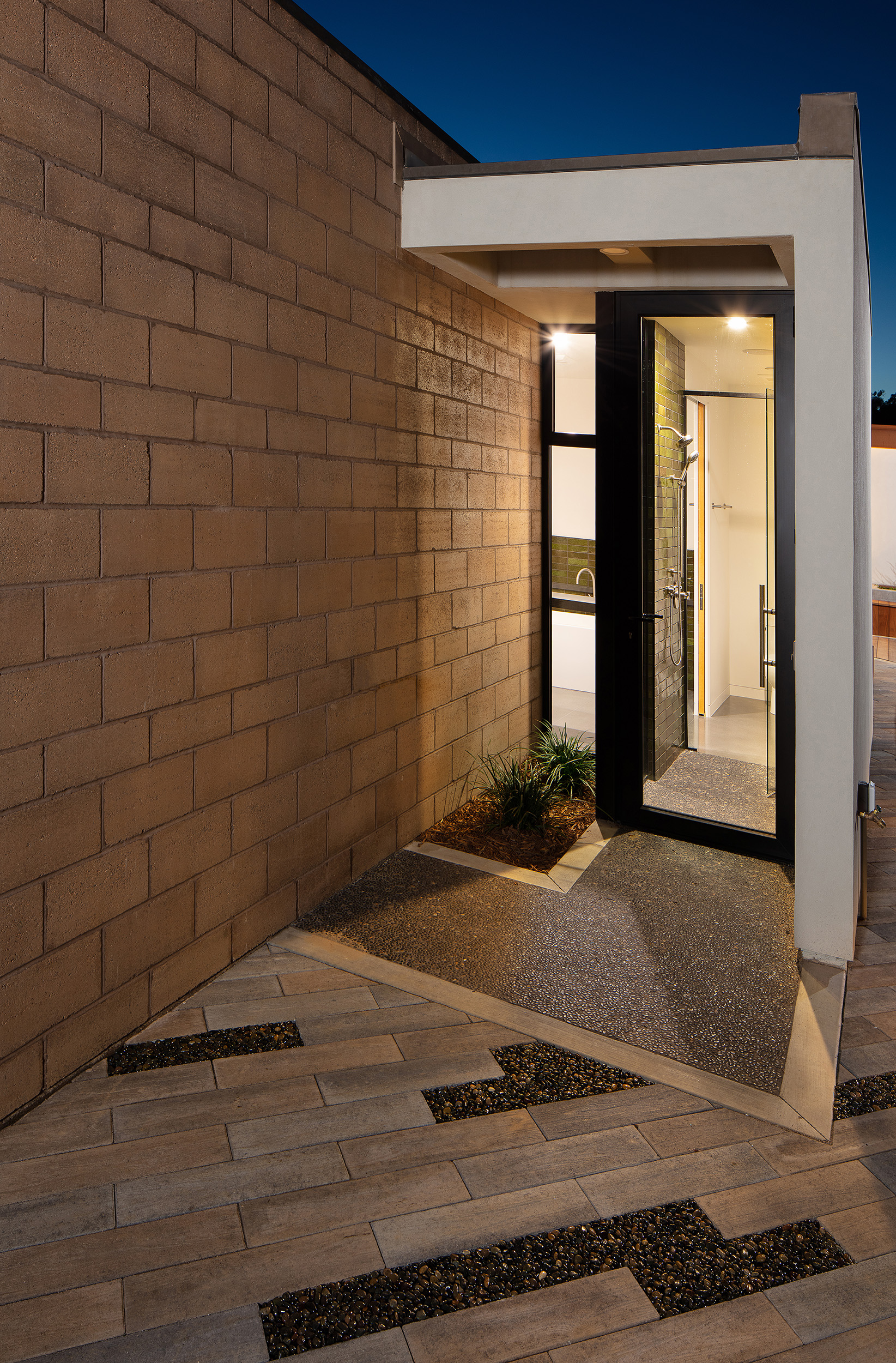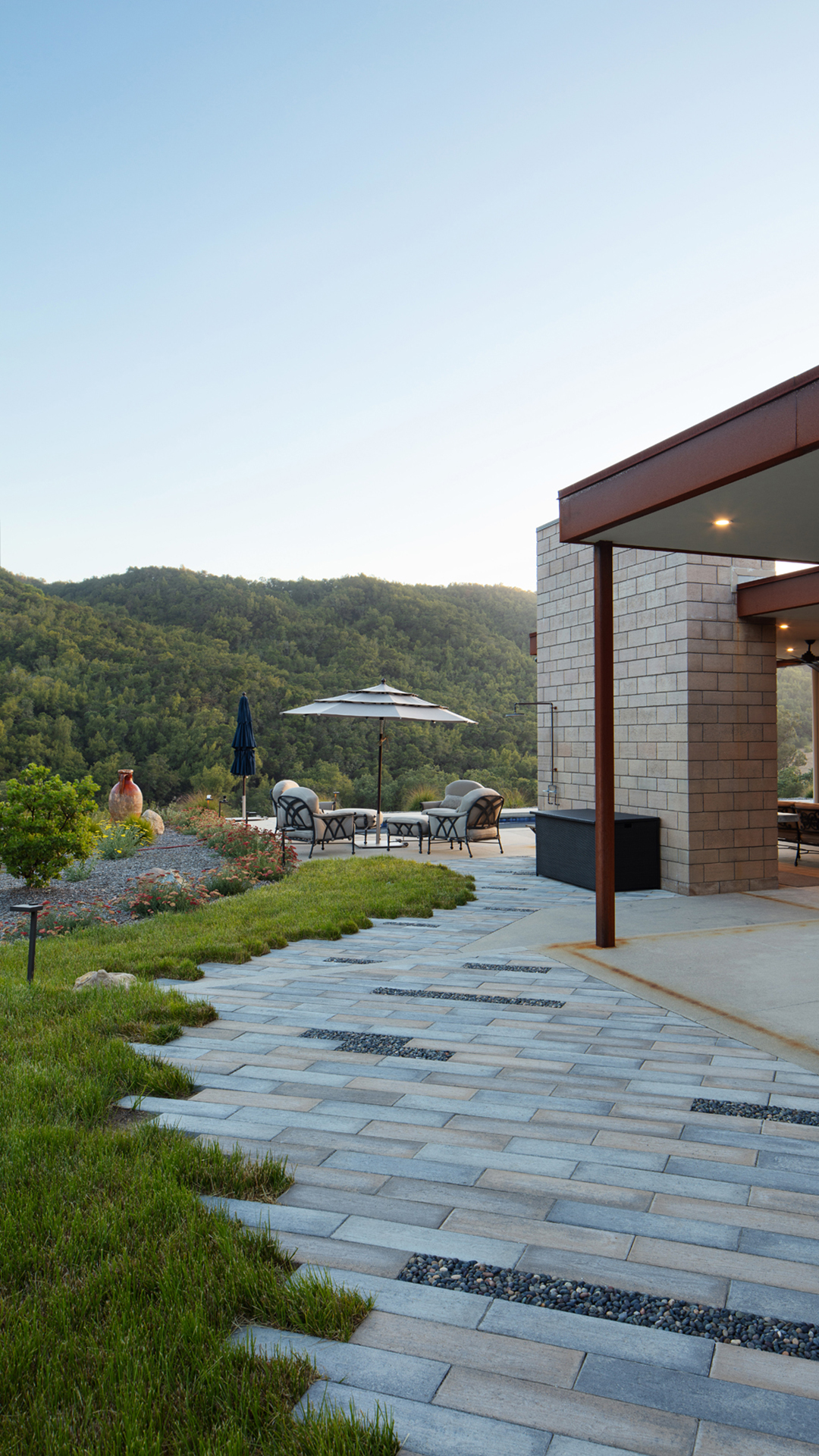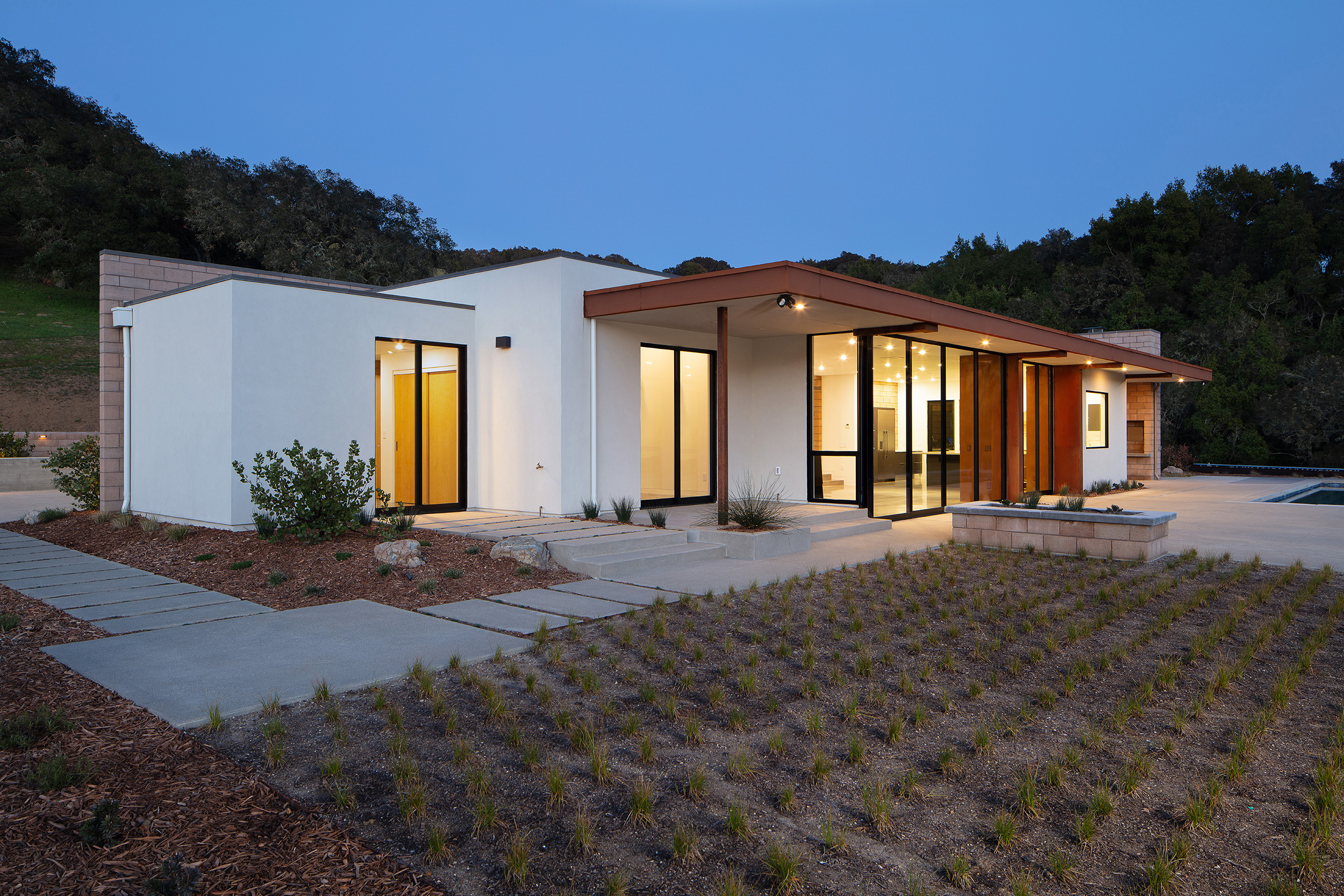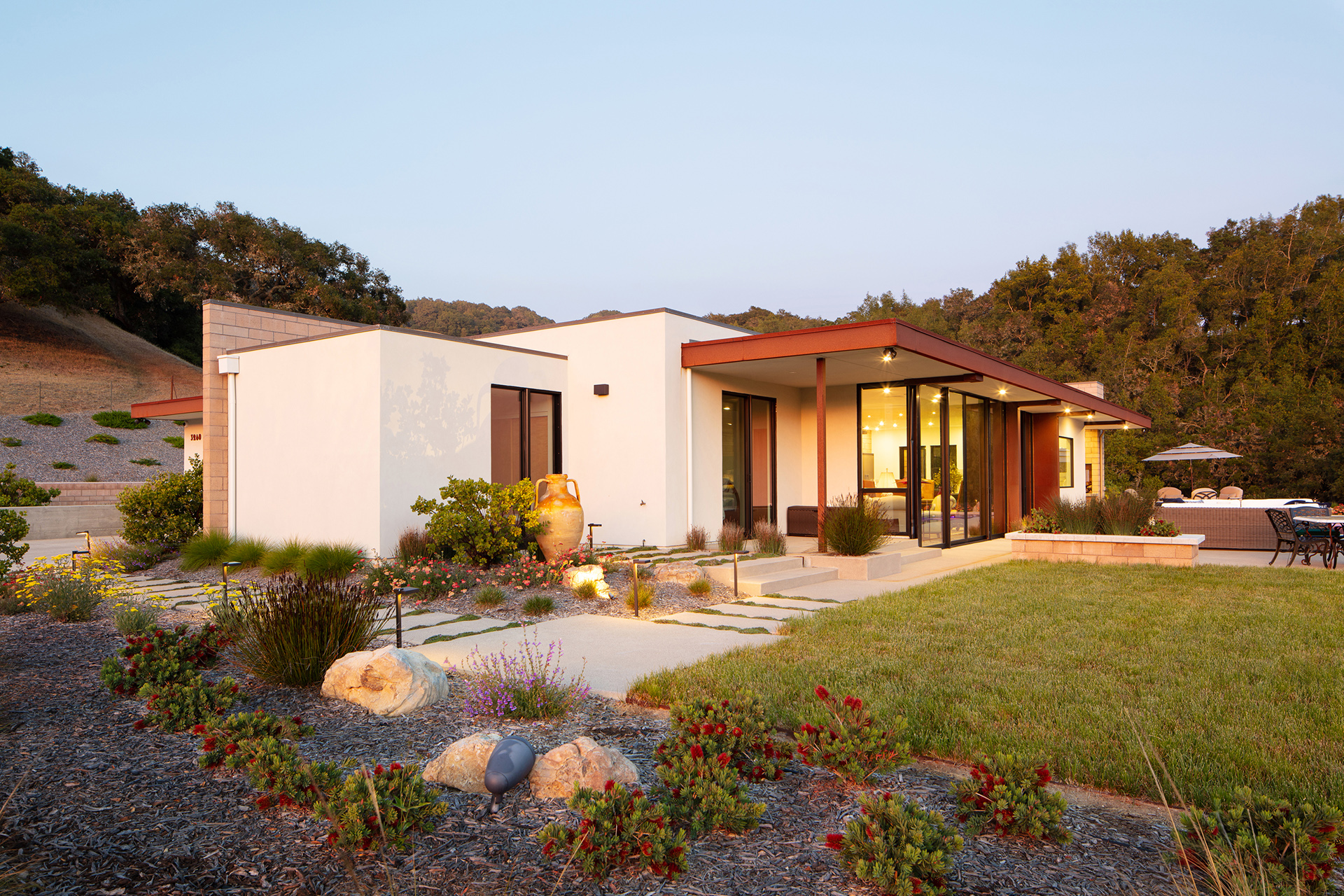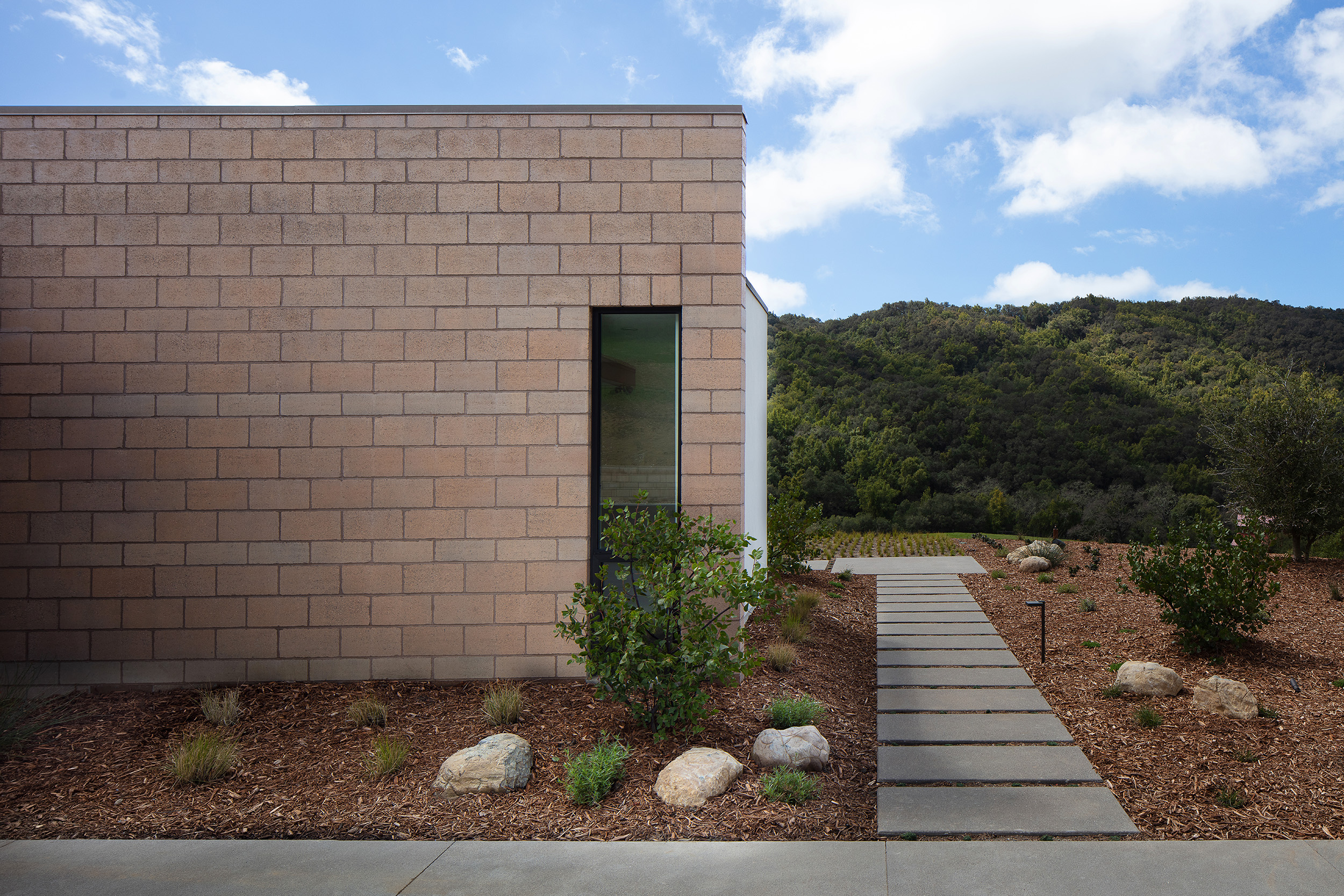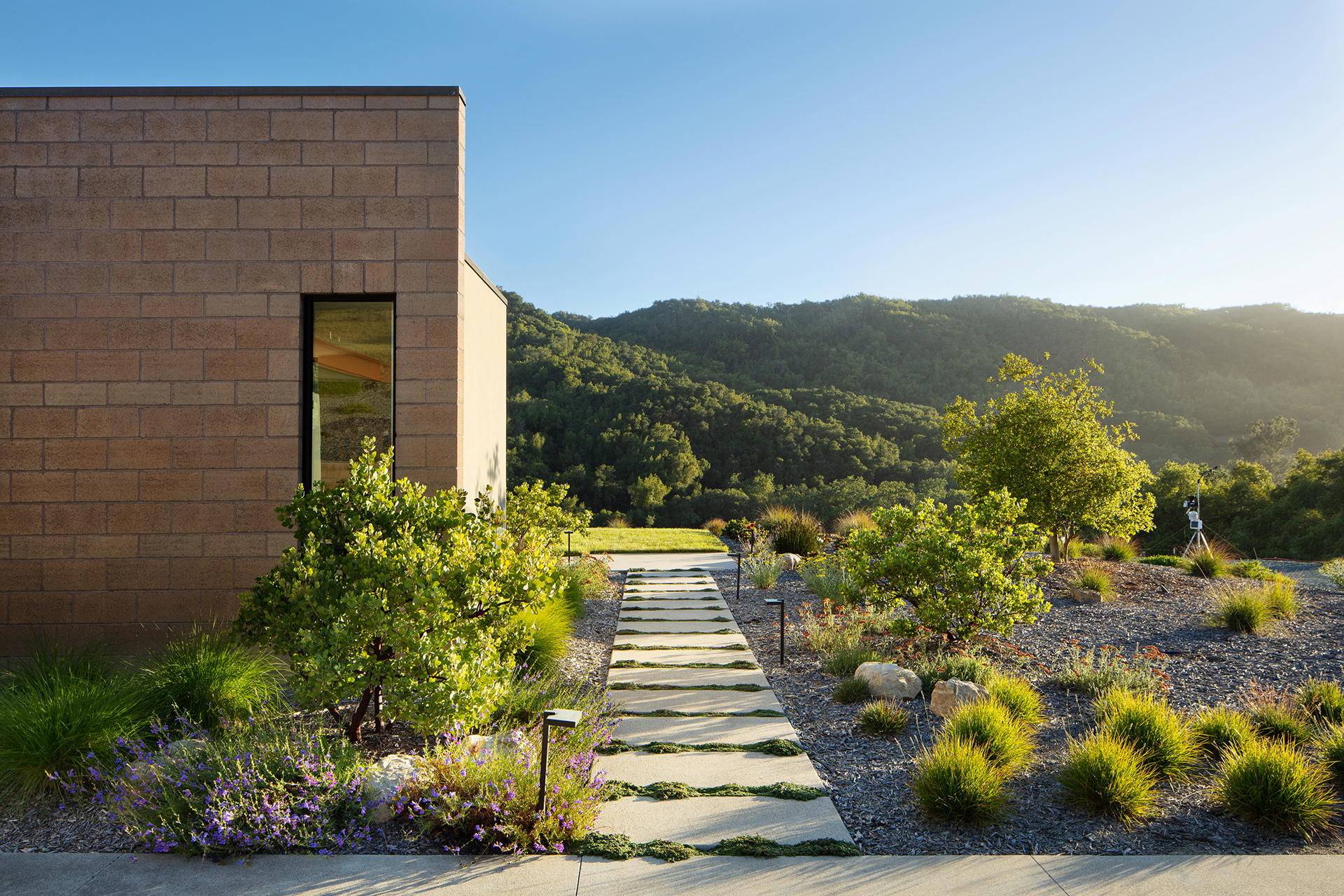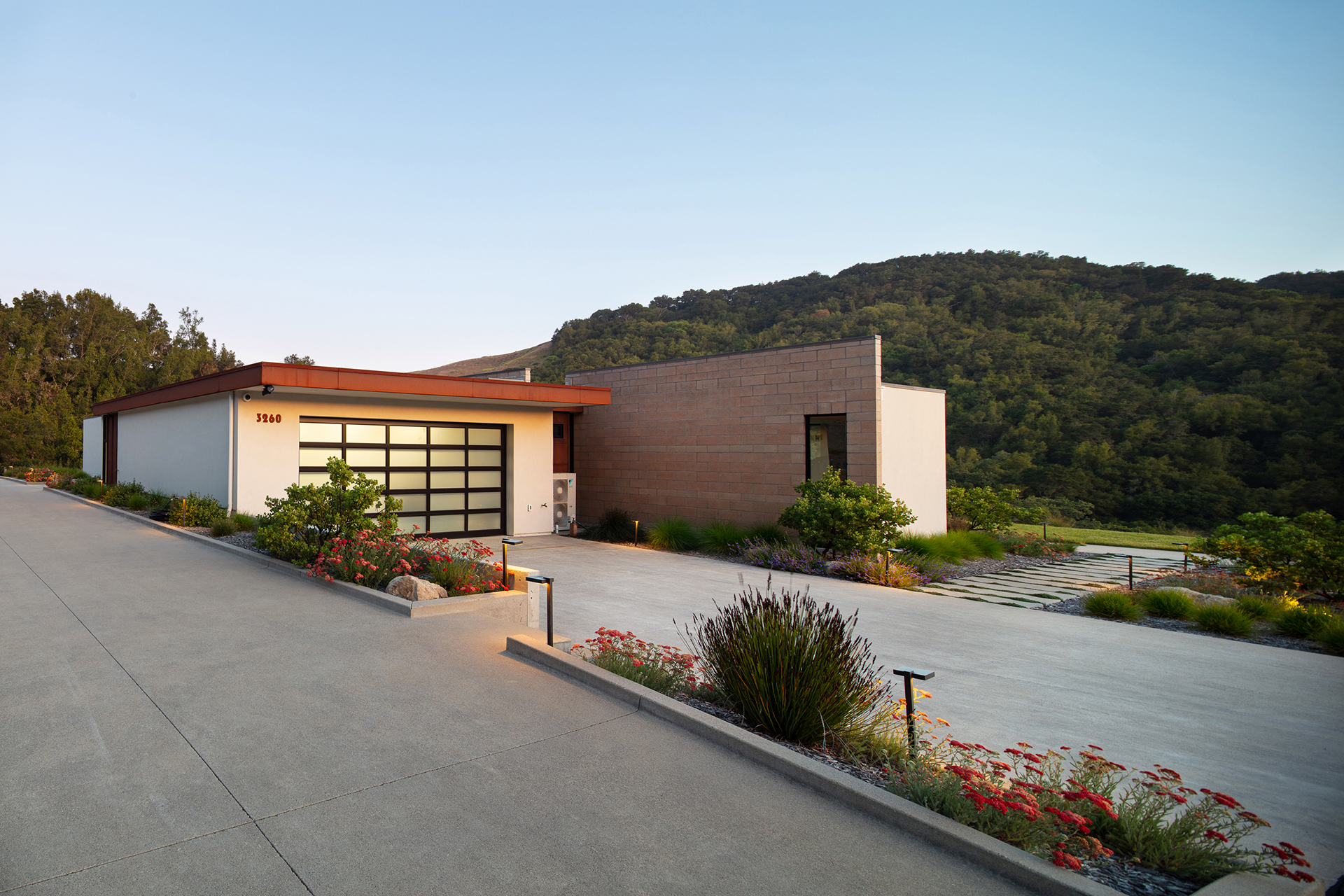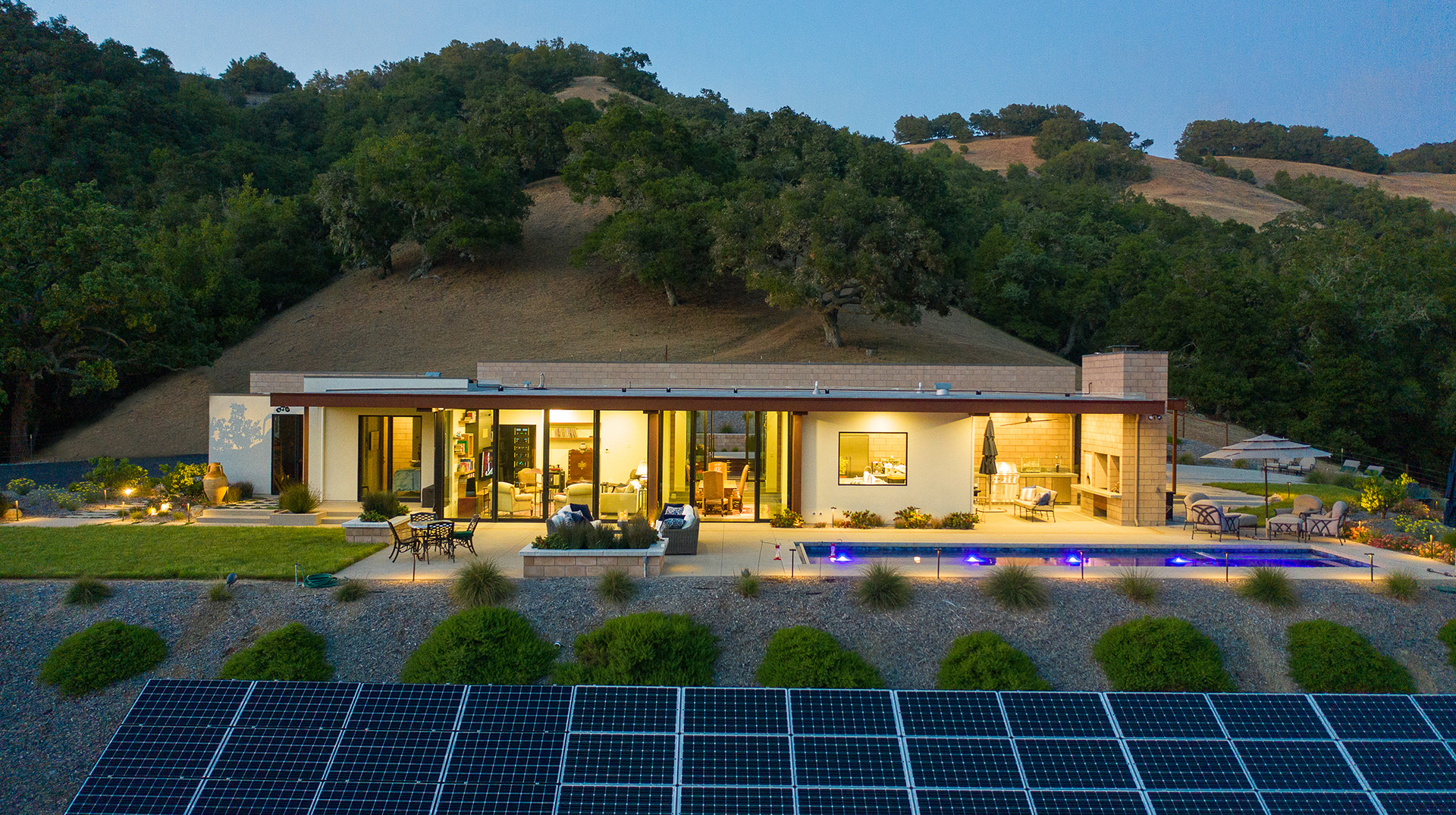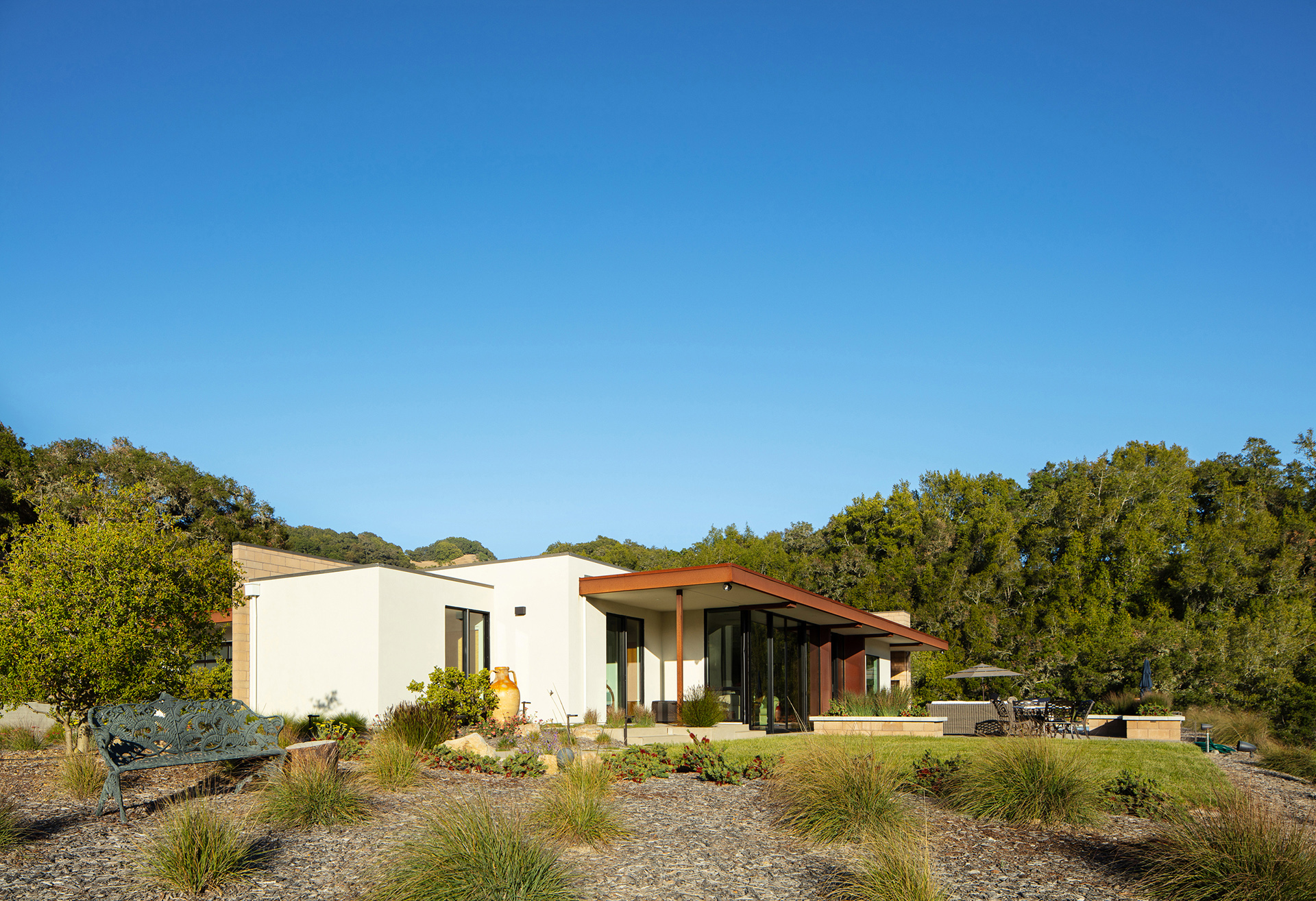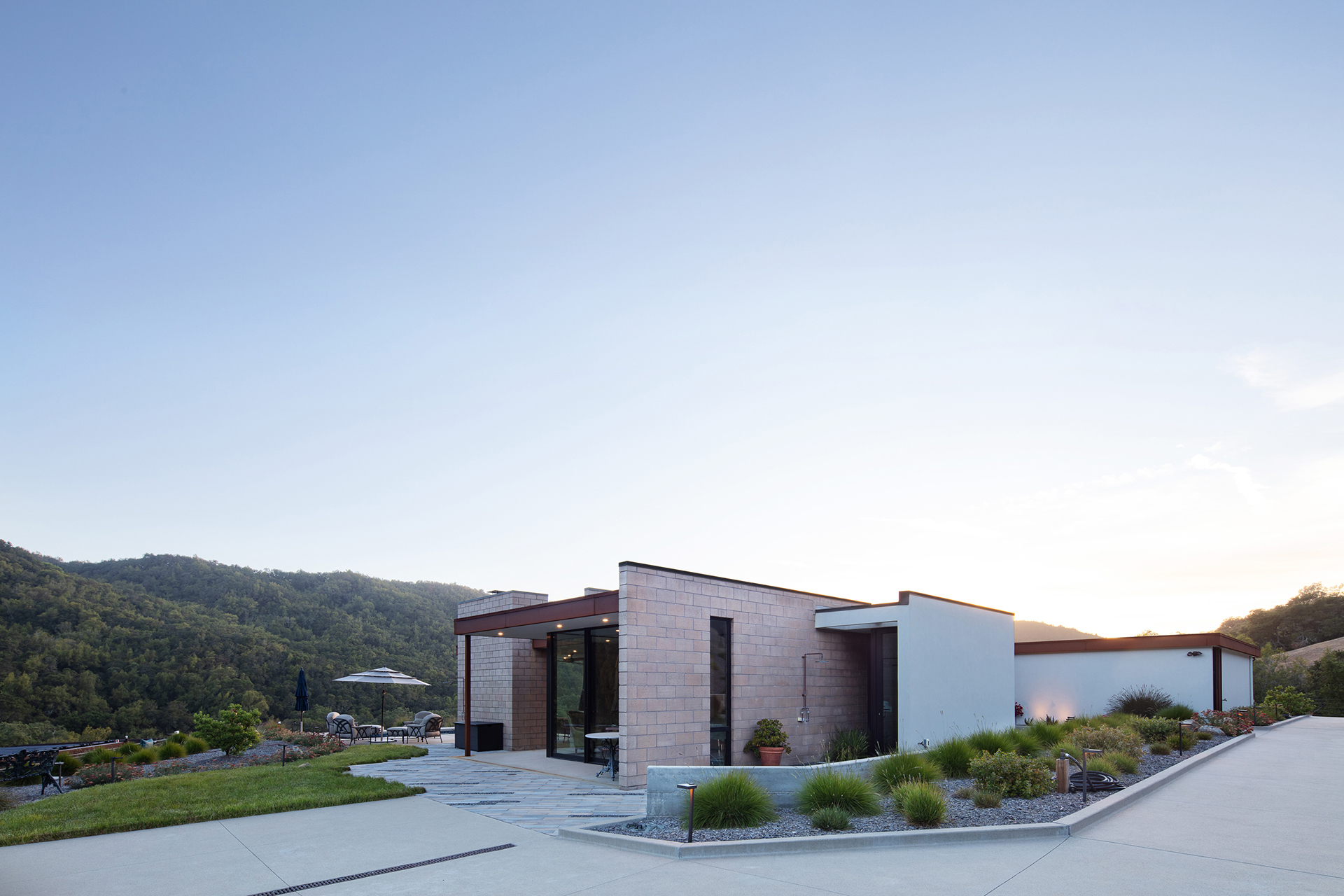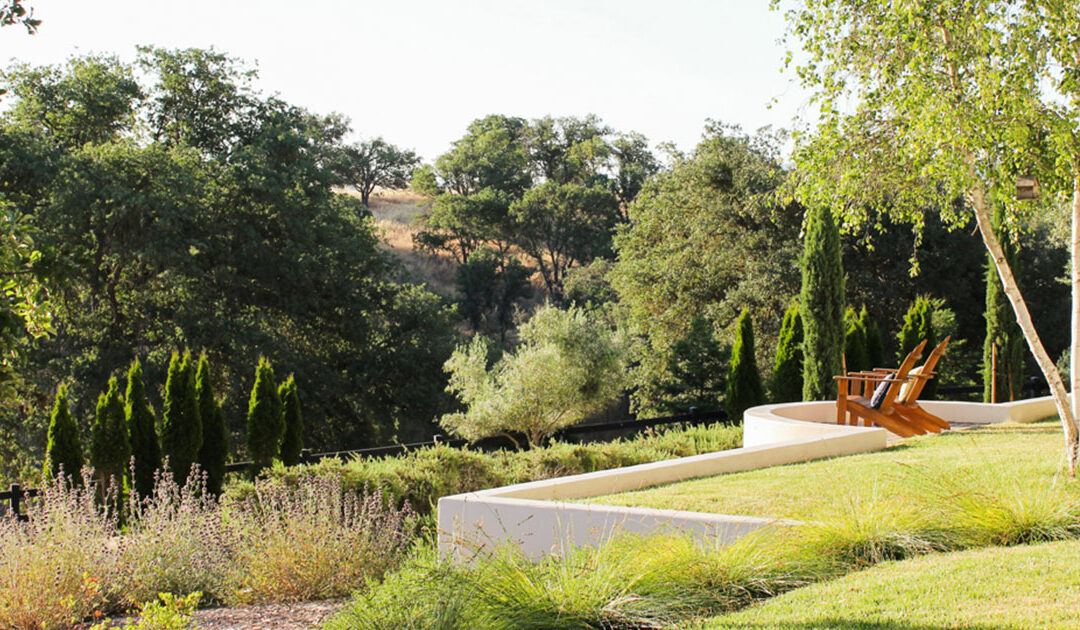
Apr 10, 2024
Bring the Mediterranean Magic to Your Central Coast Landscape This Spring!
Spring has sprung on the Central Coast, and with it comes the urge to refresh and revitalize your outdoor space. Here at Madrone Landscape, we understand your desire to create a beautiful and flourishing California haven.
Did you know that our region shares a unique climate with several other parts of the world? This “Mediterranean climate,” characterized by mild, wet winters and warm, dry summers, is found in California, Central Chile, the Mediterranean Basin, South Africa’s Cape Region, and Southwestern Australia. This common thread opens a door to a world of stunning plant possibilities for your Central Coast garden.
Why Consider Mediterranean Plants?
- Climate-Smart: Plants from these regions are naturally adapted to thrive in conditions similar to ours, requiring less maintenance and water.
- Year-Round Beauty: Many Mediterranean plants boast vibrant flowers and attractive foliage, extending the visual interest of your landscape throughout the year.
- Unique Selection: Explore a diverse range of plants beyond the typical California natives, adding a touch of the exotic to your garden.
5 Eye-Catching Mediterranean Plants for Your Spring Landscape
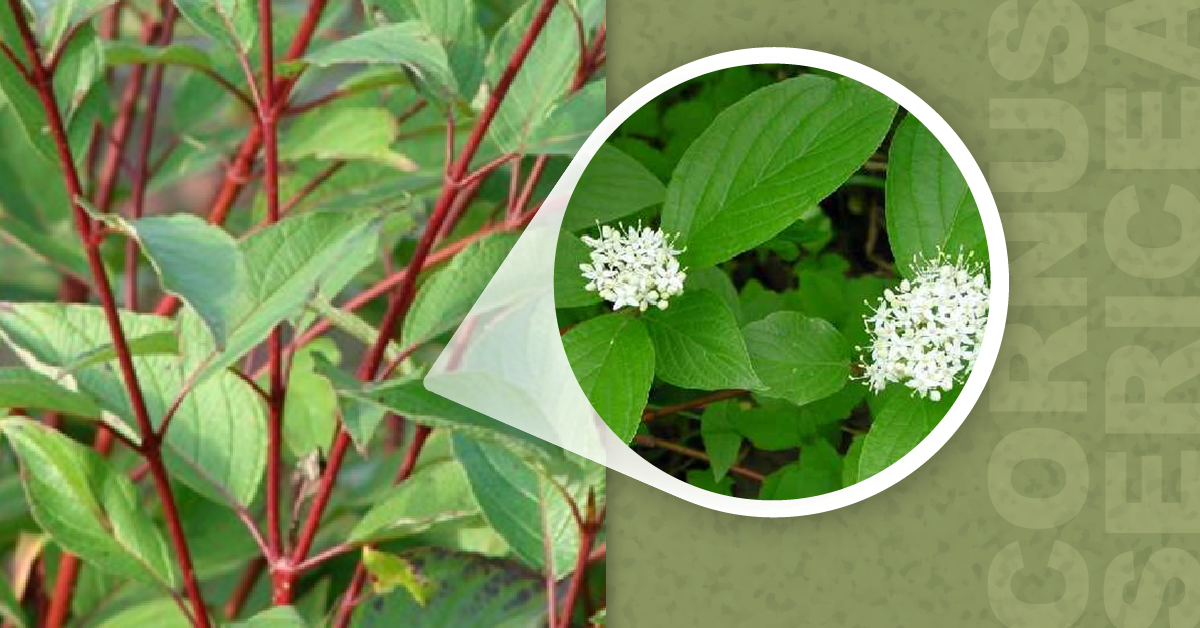
1. California Native Cornus sericea (Creek Dogwood)
- Eye-catching Feature: Vibrant red stems that add winter interest.
- Growth Habit: Deciduous shrub, reaching 8-12 feet tall and wide.
- Blooms: Clusters of creamy white flowers in spring and summer.
- Light Preference: Partial shade.
- Water Needs: Moderate watering, especially during dry months.
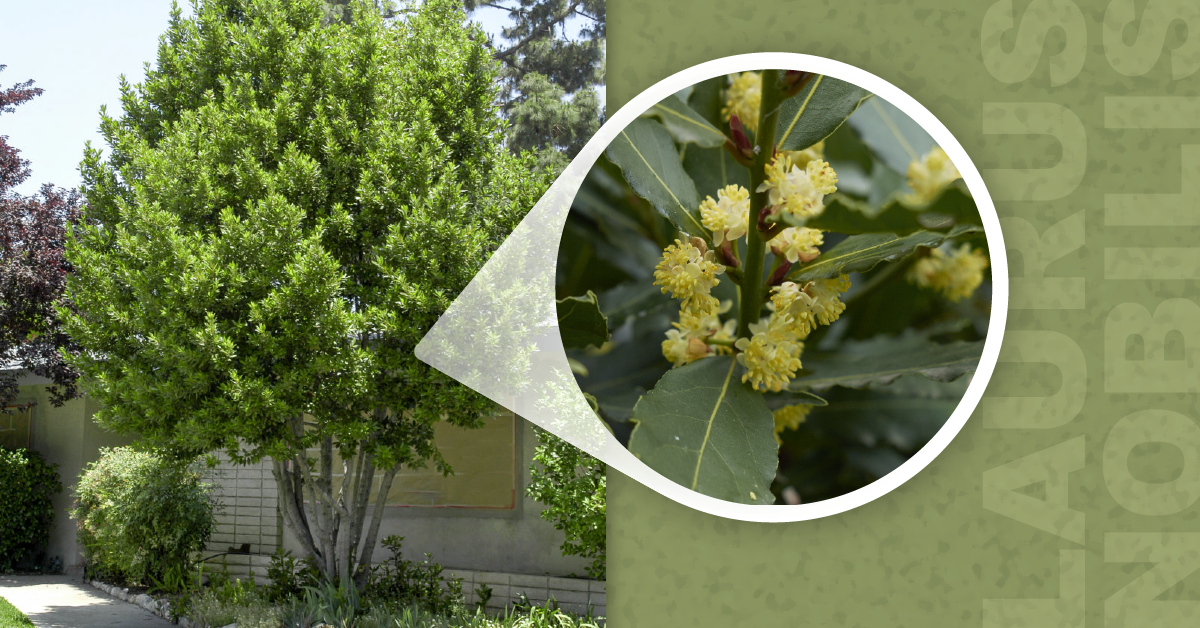
2. Mediterranean Basin – Laurus nobilis (Sweet Bay)
- Perfect For: An aromatic evergreen tree with culinary uses.
- Growth Habit: Reaches 20-30 feet tall and 20 feet wide.
- Blooms: Small yellow flowers in spring, followed by deep purple berries.
- Deer Resistant? Yes!
- Water Needs: Low water user once established.
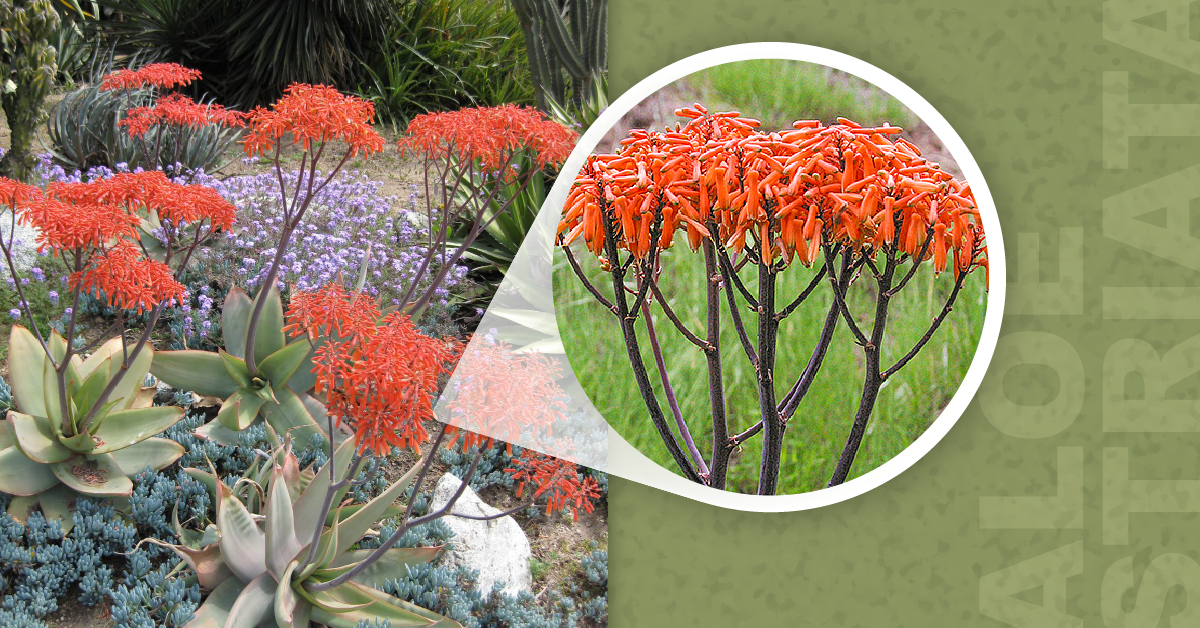
3. South Africa – Aloe striata (Coral Aloe)
- Standout Feature: Brilliant coral-pink to orange flowers in spring.
- Growth Habit: Succulent with a 2-foot-wide rosette of broad, pale green leaves.
- Light Preference: Full sun.
- Water Needs: Minimal water required.
- Attracts: Hummingbirds.
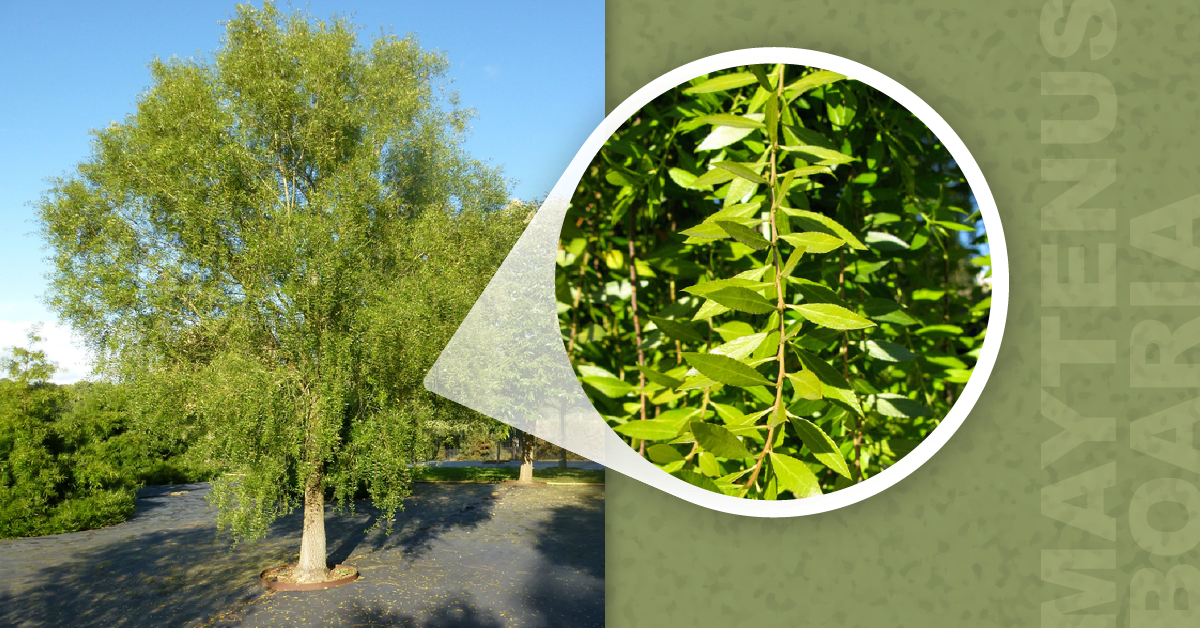
4. Central Chile – Maytenus boaria (Maytens Tree)
- Unique Characteristic: Graceful weeping form with light green, evergreen foliage.
- Growth Habit: Small tree reaching over 30 feet tall.
- Blooms: Tiny, inconspicuous spring flowers.
- Light and Water: Full sun and ample summer water.
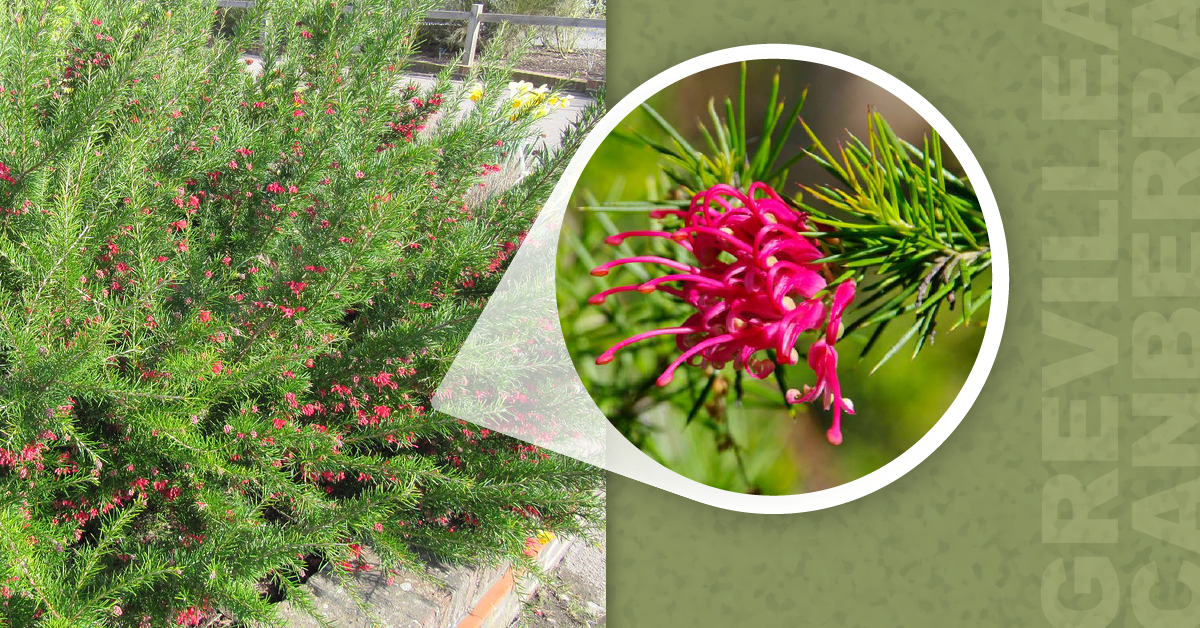
5. Southwestern Australia – Grevillea ‘Canberra Gem’ (Spider Flower)
- Multi-Functional: Provides beauty and acts as a barrier plant.
- Growth Habit: Shrub reaching 8 feet tall and 12 feet wide.
- Blooms: Red flower clusters starting in early spring and blooming intermittently.
- Attracts: Butterflies and birds.
- Water Needs: Occasional deep soakings, prefers good drainage.
Ready to Breathe Life into Your Landscape?
The experts at Madrone Landscape can help you design and create a flourishing California-Mediterranean paradise. Contact us today for a consultation and let’s transform your outdoor space into a stunning oasis! Email [email protected] or call (805) 466-6263.
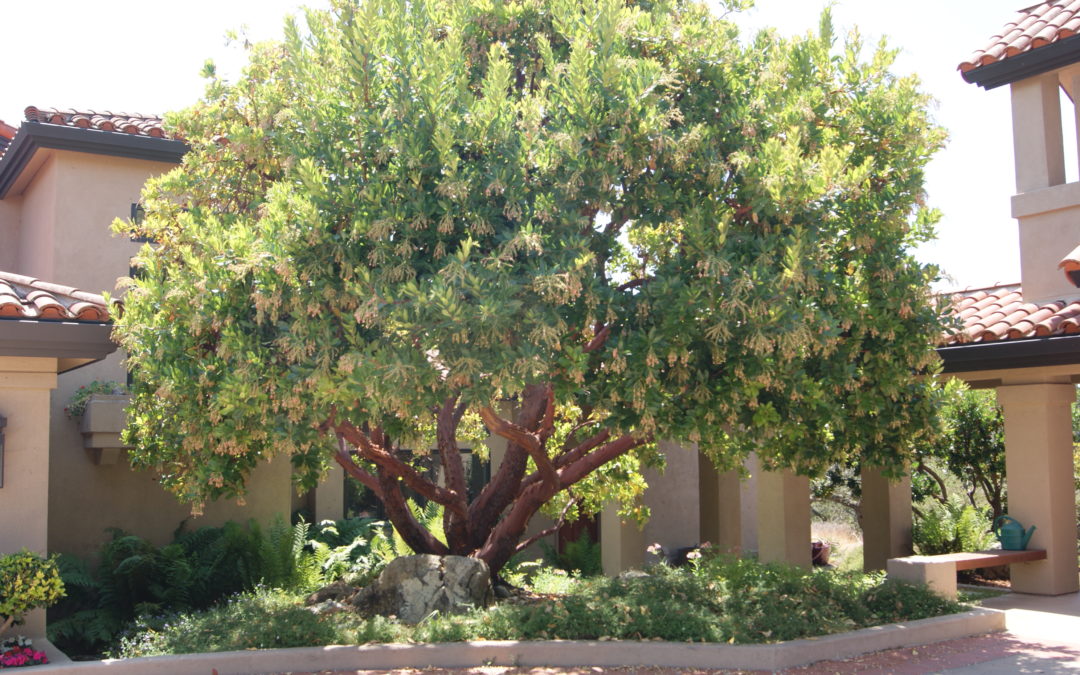
Apr 20, 2022
A Guide for Central Coast Homeowners
“Imagine a garden that rarely needs pruning, watering or fertilizing. One where natural controls usually take care of pest problems before the gardener even becomes aware of them. A peaceful garden where the sound of blowers, power mowers, or chain saws never intrudes. Imagine a garden that also serves as a climate control for the house, keeping it cool in summer and warm in winter; a garden that traps rainwater in an attractive streambed to deeply irrigate the trees and recharge the groundwater; one that provides habitat for wildlife and food for people. Imagine a garden that truly works. This is the sustainable garden—not barren or sacrificial, but as lush and beautiful as any other without all the struggle and waste.” – Author and landscape architect Owen Dell
If Dell’s description fills your heart with delight and your mind’s eye with images of your ideal oasis, a sustainable landscape is probably for you. Here are three vital components in creating a lush, sustainable landscape:
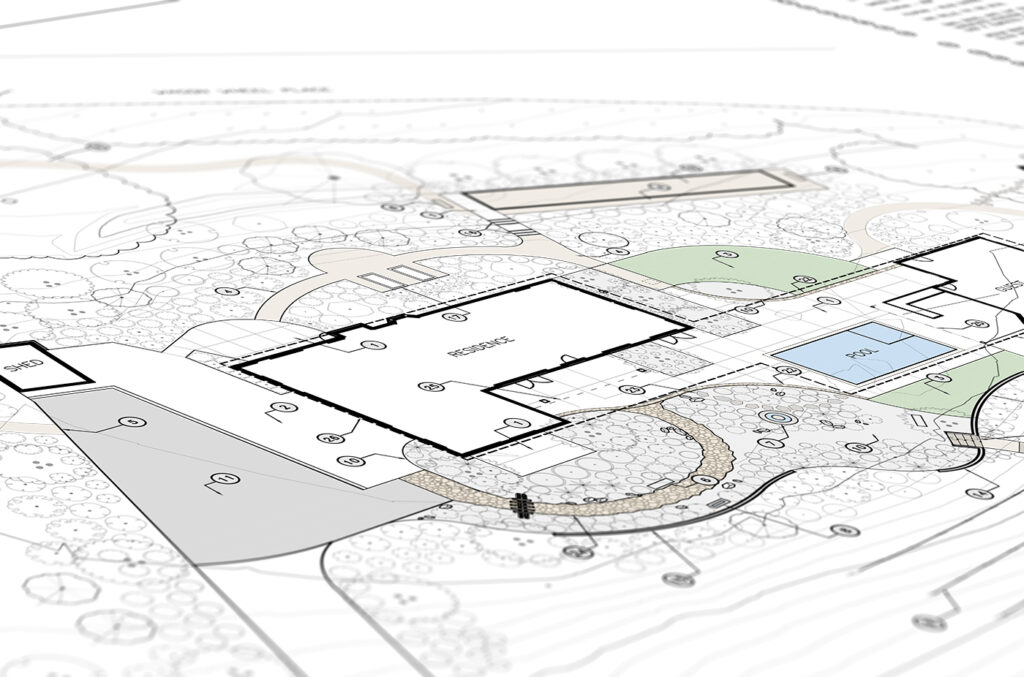
Central Coast ranch site plan
Good Planning
In considering your sustainable landscape, good planning is vital. Creating a design can save you time and money by sourcing an expert to help make the most of your space, time, and budget.
Your designer will ask, “What are the uses you’d like to incorporate?” Hardscape areas like patios, play areas and structures, or water features can all make your property work for you. When contemplating how you’ll be using the areas, think about the materials. Are they sustainably produced and sourced? Consider the Embodied Energy impacts, which include everything it takes to have a material available for your use.
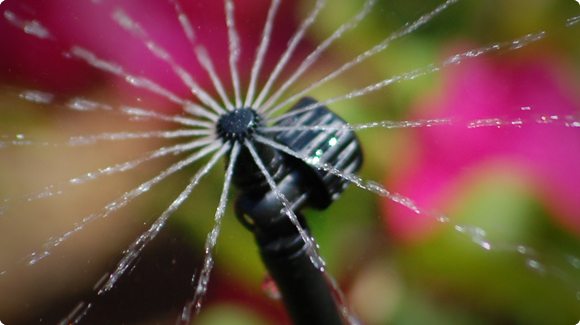
Irrigation Systems
Any discussion of California landscaping will include irrigation. Irrigation systems need to be accurate, low-flow and timed appropriately to keep plants healthy and thriving. A well-designed system ensures your plants receive an appropriate amount of water.
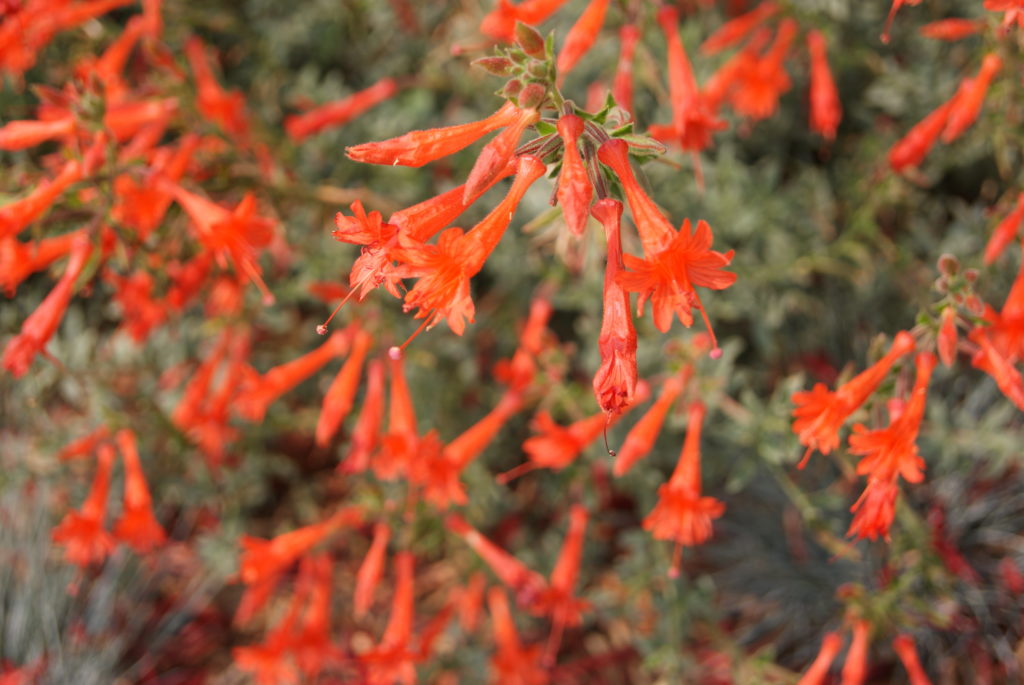
California fuchsia
Plants
When thinking about the plants—whether shrubs, trees, veggies or turf—think about conserving resources, especially over time. California Native Plants is an excellent resource for finding plants that will fit your goals and your design. Local native plants are often the most climate compatible and lowest maintenance choices.
These are just a few of the sustainable principles you can use as guidelines to maximize your landscape efforts. And in doing so, take advantage of living in the incredible region of California’s Central Coast. Make time to get out and enjoy yourselves in your gardens. They offer unique opportunities to unwind and relieve stress. Reconnect with things natural, beautiful and up close. Even in our own gardens we are connected in a very real way to the larger landscape, and how we have a responsibility to sustain the health and beauty of our beloved Central Coast. Let’s make it work for the long run.
Want more information on Central Coast resource-friendly landscapes? Here’s a short video hosted by our own Rick Mathews. Contact our landscape designers at [email protected] or (805) 466-6263.
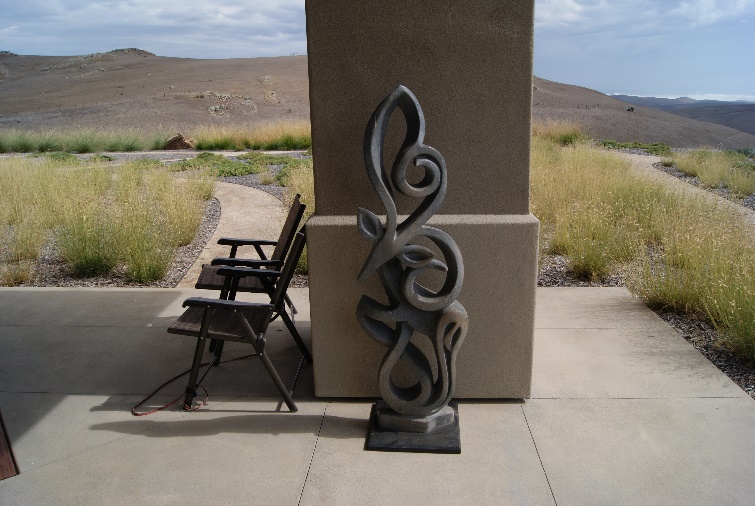
May 1, 2019
by Jules Welch
It’s easy to be overwhelmed when looking at an empty plot of land or a back yard in disrepair. Luckily for homeowners, HOA’s, and commercial property owners, landscape designers see your space as a blank canvas—a unique opportunity to meld function with artistic expression. Design style plays a huge part in every built environment, and often incorporates a colorful mix of the owner’s personality, designer’s aesthetic, and greater climatic and cultural context. Some design styles that are popular for our coastal California area include:
-Contemporary/Minimalist
-English Cottage/Craftsman
-Xeriscape/Native/Low Water
-Mediterranean and Spanish
Colonial Revival
There is a lot of overlap when it comes to style, but
certain core characteristics define each aesthetic. Read more about these
traits to find out what speaks to you:
Contemporary/Minimalist:
Colloquially described as “modern” design, contemporary landscapes are influenced by mid-century modern art and architecture but are defined by their cutting-edge qualities for the present day (which, technically, could be any style). However, when someone refers to a contemporary landscape, they are likely describing a geometric style which features minimalism, clean lines, and grid layouts. Contemporary design is often used in commercial projects such as campuses, plazas, and office buildings; it may also be used to complement custom homes. These landscapes generally favor green foliage over colorful flowers, with intentional spacing and simple hardscapes like concrete or pea gravel.
Gain Inspiration: Andrea
Cochran is a renowned Bay Area designer known for her spacious designs with
an emphasis on form.
English Cottage/Craftsman:
English Cottage Gardens came into their own during the
industrial revolution, when families fled city life for remote holiday cottages
in the country. This mix of ideologies brought a unique design sense which mixes
the formal with the chaotic. English cottage gardens can be identified by their
overgrown, lush look, usually incorporating lawn and border plantings among
tightly-grouped flowering perennials.
Gain Inspiration: Gertrude
Jekyll (1843-1932) was known for her craftsman inspired cottage gardens,
using color “rooms” to achieve dynamic and natural mass plantings.
Xeriscape/Native/Low
Water:
Xeriscape is a style of landscape design which requires minimal
irrigation and maintenance, focusing on efficient use of water. Often using native
and native-adjacent plants, these water-wise gardens tend to evoke an arid,
desert feel. Gravel, cactus, and decomposed granite are the keystone elements
of a xeriscape. Designers also incorporate sustainable water-harvesting
elements such as planted swales and rain gardens into their xeriscapes. Native
California gardens can still look lush, colorful, and attractive, while still
retaining their drought-tolerant, low maintenance qualities.
Mediterranean and
Spanish Colonial Revival:
Most coastal regions in California have a Mediterranean climate, meaning that numerous plant species from Southern France, Italy, and Spain thrive here! Mediterranean design styles bring lavender, olive trees, and Italian cypress into California’s landscape. It is also the origin of our incredible wine culture. Often using plaza-style patios, pavers, vines, and potted plants, Mediterranean design makes the most of sun/shade, views, and crops. Sometimes used to describe Spanish Colonial Revival style, these gardens often incorporate stucco walls, tile, and cooling water features. Symmetry and striking, sculptural plants with colorful foliage often come into play.
What’s your Design
Style?
Design style can be subtle or overt, but it is responsible
for the feeling we get in an outdoor environment, whether familiar or obscure,
nostalgic or innovative, cozy or vast. Most importantly, though, it’s what
makes home feel like home.












